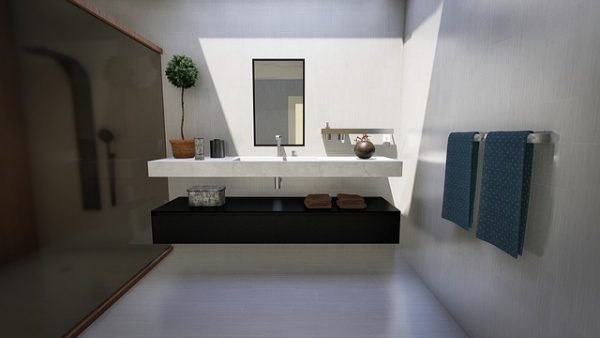Most homes rely on water heaters to heat incoming cold water so that sinks, dishwashers, clothes washers, and showers can produce warm or hot water for use. Water heaters may be powered by electricity, gas or solar energy sources.
Electric water heaters use less energy and cost less to purchase and install than their counterparts. They’re also easier to manage in terms of maintenance. This article tells you all you need to know all you need in the event you want to see if water heaters are covered by home warranty.
Tank-Style Water Heaters
Traditional water heaters use a storage tank to store hot water, operating either with natural gas fuel or electricity and often measuring between 30-50 gallons in size. Installation will generally require several square feet of floor space depending on its capacity and model.
Cold water enters a tank and is heated to an optimal temperature by the heater, then when used it turns off again when another demand for hot water arises – thus creating standby heat loss, an energy wasteful practice.
Tank-style water heaters can be installed in garages, basements, utility closets or sometimes directly inside homes themselves. Installation typically requires an increased gas line capacity as well as special venting procedures; experienced professionals should handle installation.
Point-of-Use Water Heaters
Point-of-use water heaters can be found under or adjacent to sinks or showers, preheating small amounts of water so it will be ready when faucets or showerheads are turned on. This system eliminates wasteful hot water usage in long hot water lines while cutting energy costs significantly.
These mini-tank or tankless water heaters can be found anywhere. From showers, kitchen sinks, and washing machines – to campers who require instantaneous hot water on demand – there’s sure to be an application where these tankless heaters would come in handy! From installing them in homes without extensive plumbing repiping needs; all the way to being convenient options when traveling! These water heaters come with both electric and gas-powered options depending on the application; making POS water heaters an attractive solution when traveling abroad or camping!
Mobile Homes
Mobile homes (aka manufactured homes) have specific water heater needs. Standard tank-style models don’t take these unique considerations into account and may fail to comply with code or HUD safety approval requirements.
To operate safely, these water heaters must be placed within enclosures that protect their combustion and venting systems from entering the mobile home environment, thus providing sufficient ventilation. Otherwise, inadequate ventilation could result in high carbon monoxide levels within.
Due to limited space available for storage purposes, the water heater tank must be designed so as to fit within a small closet or storage area. A special locking strap kit comes standard with each gas or oil-powered model for this reason.
Manufacturers such as A.O. Smith and Rheem provide mobile home compatible models that can operate on either natural gas or liquified petroleum (LP) gas. While these units come pre-set to natural gas when manufactured, conversion kits are readily available that enable quick transition between natural and LP operation.
Maintenance
Water heaters work hard to provide us with warm baths, fresh clothes and sparkling pots and pans. Maintaining preventive maintenance tasks ensures safety, efficiency and extends the lifespan of these systems.
One of the most essential maintenance tasks for both gas and electric tanks is flushing them twice or three times annually to remove sediment buildup, especially in regions with hard water where this mineral accumulation could reduce longevity while increasing heating costs.
When selecting a maintenance service provider, look for technicians with experience and certifications to ensure quality workmanship. They should understand all state and federal safety compliance codes for water heaters as well as each system type’s individual specifications. In addition, they should know how to safely work around potentially flammable materials surrounding the area of the water heater while turning off gas supply lines or pilot lights as necessary.









